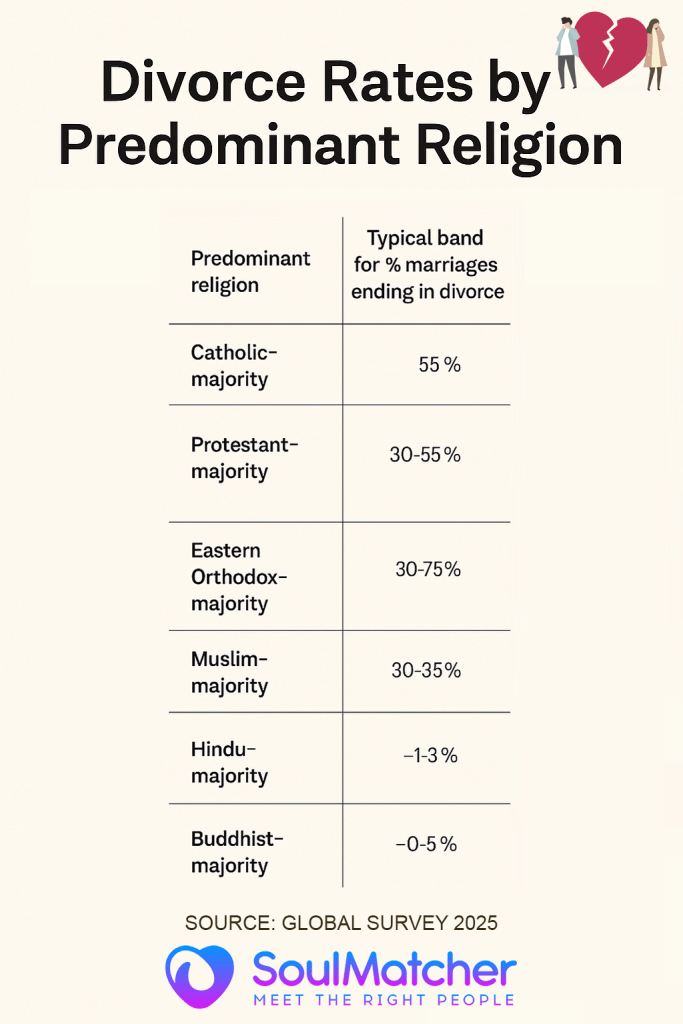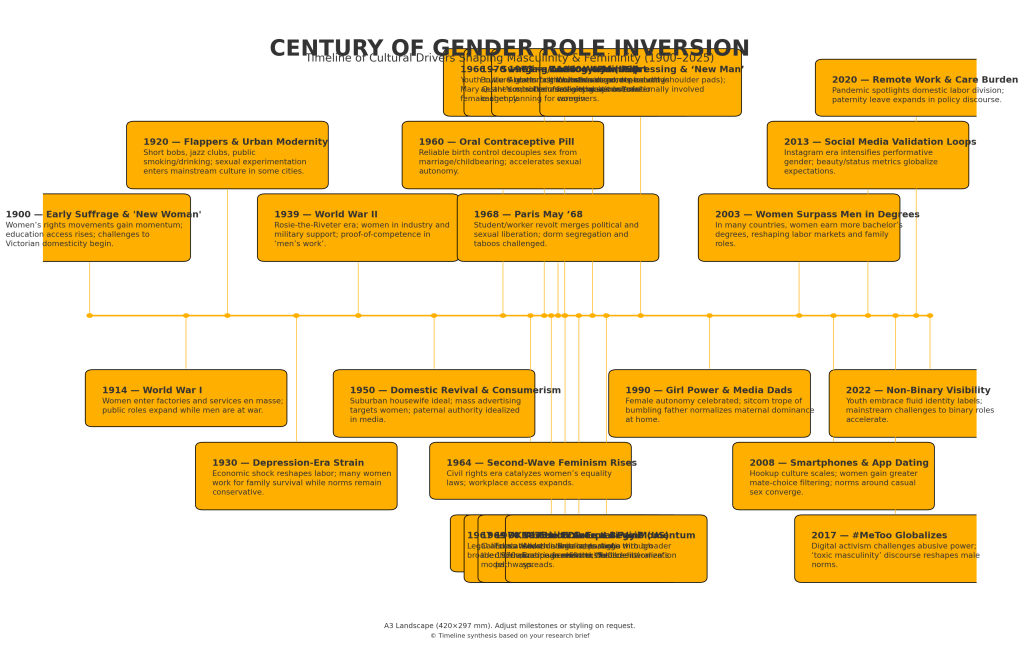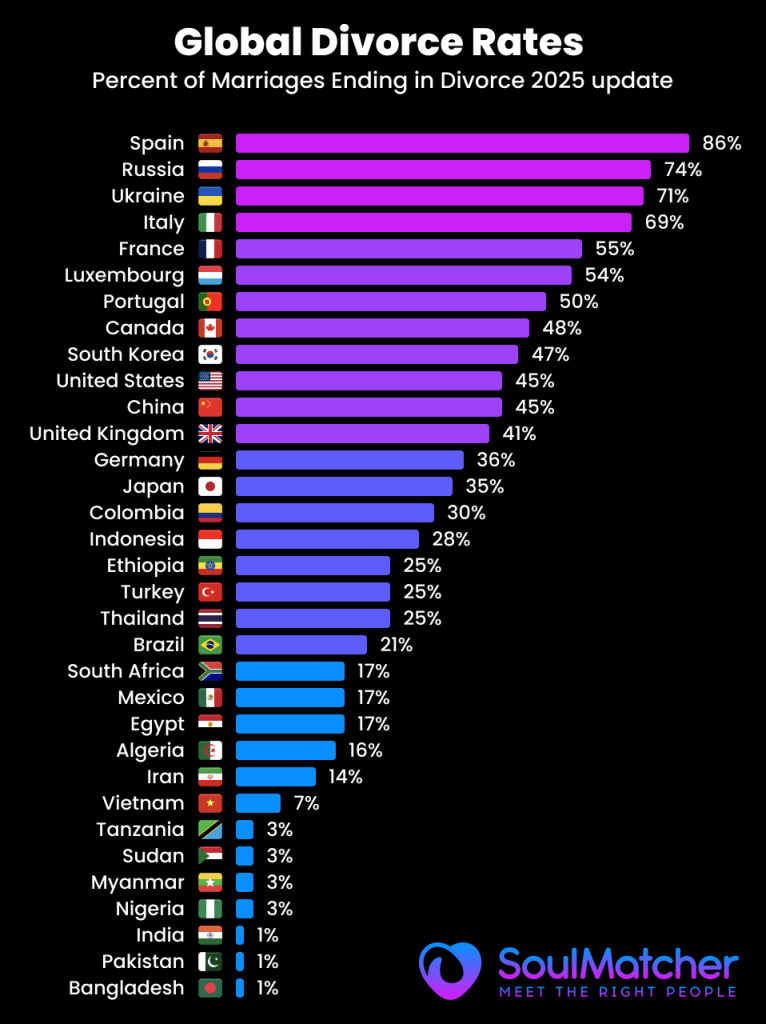A romantic relationship should be a safe harbor, a place of unconditional support and mutual growth. Yet, for those who have experienced past trauma, a partner can sometimes, unintentionally, become a source of fear and emotional distress. It is a deeply confusing and painful experience when a partner’s actions or words, even if harmless in their intent, unexpectedly cause a trauma response. When you are in a relationship, the phrase “my partner triggers my trauma” describes a complex dynamic that needs to be addressed with compassion and a clear strategy. Navigating this issue requires both self-awareness and a strong partnership, as the healing process becomes a shared journey.
The situation is a testament to the fact that healing is not a linear path. While your partner may be a wonderful and loving person, their behavior can unknowingly tap into deep-seated emotional wounds. It’s an incredibly difficult situation, so we will cover what to do. This article will help you understand your triggers, communicate your needs, and build a safety plan to strengthen your relationship.
Understanding the Nature of Trauma Triggers
Trauma triggers are an ingrained part of a person’s life after a traumatic event. It’s a common response for a person to have a trigger. Triggers are anything that reminds you of the past trauma. Triggers can be specific words, places, sounds, smells, or even certain emotional dynamics in a relationship. They can make you feel a wide range of emotions and physical sensations. For example, a raised voice might trigger a past memory of abuse. A partner’s silence may even feel like abandonment. The feeling triggered by these events is very real.
It is important to remember that a partner triggers my trauma, but this does not mean they are intentionally causing you pain. Instead, their actions are simply activating a pre-existing trauma response within you. This is not about your partner’s intent; it is about your nervous system’s learned reaction to a specific stimulus. Understanding this distinction is the first step toward managing trauma triggers. Taking the time to start to understand your triggers is a great way to take control of your emotions and reactions.
A key part of understanding your triggers is to identify patterns. Pay attention to the situations, words, or actions that often make you feel overwhelmed or unsafe. What happens right before you start feeling triggered? Acknowledging the connection between the trigger and your response is crucial for your self awareness. This self awareness is your most powerful tool in managing trauma. You can also get help by writing down these situations in a journal, which can also help you identify patterns and better understand what is happening inside your body and mind.
Communicating with Your Partner: The Key to Healing
Open communication is the most powerful tool a couple has when one partner triggers my trauma. This conversation can be difficult and vulnerable. But it is essential for creating a safe space for healing.
First and foremost, communicate openly with your partner about your past trauma. You do not have to share every detail, but it is important to let them know that you have experienced trauma. This context helps them understand your reactions and why you may need support. Therefore, a good time to have this conversation is during a calm moment, not in the middle of a triggered episode.
When you are ready to talk, use “I” statements to express your feelings and needs. Instead of saying, “You make me feel unsafe when you raise your voice,” try saying, “I feel scared when there is a loud noise because it reminds me of something from my past.” This non-judgmental approach helps your partner feel less defensive. It allows them to focus on your experience, not their behavior. By doing this, you are teaching your partner how they can support you.
It’s also essential to communicate your needs without a tone of blame. A partner may not know that their seemingly small action can have a big impact on you. For example, you can tell them what you need in the moment. Maybe you need a moment of silence or to leave the room for a few minutes. Make sure to communicate these needs ahead of time. This way, you and your partner will have a plan to respond to the trigger when it arises.
Creating a Safety Plan Together
A safety plan is a proactive approach to managing trauma triggers. It’s a set of agreed-upon actions a couple can take when one partner feels triggered. The feeling triggered can be a hard thing to manage. Working together on this plan is a way to strengthen your relationship and show that you are both committed to your healing.
One element of a safety plan is to identify a “safe space.” This can be a room in your home or a place where you can go to calm down and feel safe. The key to this safe space is to make sure your partner respects it and allows you to have some time alone. Another important part of the plan is to have a list of grounding techniques you can use. These are techniques that help you return to the present moment. For example, you can take a deep breath. Deep breathing helps to regulate your nervous system and heart rate. You can also focus on your five senses. What do you see, hear, smell, taste, and touch? These exercises can help you take control of the situation.
It is helpful to also have a code word or phrase. This phrase can signal to your partner that you are feeling triggered and need to take a break. For example, you can say, “I need a moment.” The code word helps to avoid a long conversation in a high-stress situation. This is a great way to communicate quickly and effectively. You can also have a plan for how to reconnect after the triggered episode has passed. The plan is an important way to make sure that the relationship is one where you both feel supported and safe.
A Partner’s Role: Kindness and Understanding
For a partner, learning that their actions cause a trauma response in a loved one is often heartbreaking. Their role is to approach the situation with kindness and understanding, without taking it personally. It is a new and challenging situation.
A supportive partner’s first task is to practice non-judgmental listening. You must hear and validate your loved one’s experience. Avoid getting defensive or saying things like, “But I didn’t mean to hurt you.” While your intentions were likely good, what matters is the impact of your actions. A great way to show support is to say, “I hear you, and I am here for you.” This simple phrase can make you feel seen and heard.
Another way for a partner to provide support is to educate themselves on trauma. You can read books and articles about trauma triggers. You can also go to therapy to learn about the healing process. This will give you a better understanding of what your partner is going through. It will also help you learn how to better support your partner. When you have a better understanding of trauma, you will be able to provide better care. The partner is a key part of the healing process.
Most importantly, a supportive partner must be patient. Healing from trauma is not a quick process. There will be good days and bad days. There will also be setbacks. Your patience and unwavering support will be a testament to your love. The partner’s love and support can be a powerful force in a person’s life. This is a great way to make you feel loved and supported.
Self-Care: Prioritizing Your Own Well-Being
For the person who has experienced trauma, self-care is a non-negotiable part of the healing process. Taking care of yourself is an important way to manage trauma triggers. It helps you build resilience and a sense of self-control.
You should practice self care every day. This can be as simple as taking a hot bath, going for a walk, or listening to music. You can also try deep breathing exercises. These exercises can help calm your nervous system and reduce anxiety. It is also important to eat well and get enough sleep. When you take care of your physical health, you are also supporting your mental health.
Another part of self care is to seek professional help. A therapist can help you process past trauma and develop coping strategies. They can also help you understand how to navigate a relationship in a healthy way. You may even find it helpful to join a support group. Talking with other people who have experienced trauma can make you feel less alone.
Finally, it is important to honor your feelings. If you need a moment to be alone, give yourself that space. If you are feeling overwhelmed, you have the right to step back and take a break. Prioritizing self care is not selfish; it is essential for your well-being. It is a way to tell yourself that you are worthy of love and care. When you prioritize yourself, it can make you feel more confident.
Moving Forward: Building a Resilient Partnership
Building a resilient partnership is a long-term goal for couples dealing with trauma triggers. It involves consistent effort, a lot of love, and a commitment to growing together. The journey is not always easy, but it can be incredibly rewarding.
One of the best ways to strengthen your relationship is to celebrate your progress. Acknowledge and appreciate the small victories. Did you navigate a triggered moment with more calmness? Did your partner respond with more kindness and understanding? These moments of success should be recognized. They show that you are both making progress.
Another way to move forward is to have regular check-ins. You can talk about your feelings and any new trauma triggers you may have identified. You can also discuss what is working and what is not. This constant communication keeps you both on the same page and ensures that the relationship is one of growth.
It is important to remember that healing from trauma is a personal journey. Your partner cannot heal you, but they can be a supportive companion on your path. The journey can also be a shared experience where you both learn and grow from it. A partnership that can navigate the difficulties of trauma is a very strong and resilient one. It is a great way to build a healthy relationship.
Conclusion
Navigating the complexities of a relationship when one partner triggers my trauma is a difficult but deeply meaningful journey. It demands honesty, compassion, and a mutual commitment to healing. By understanding your triggers, communicating your needs, and creating a safety plan, you can transform a difficult situation into an opportunity for profound growth.
The healing process is not about erasing the past, but about learning to live with it in a way that doesn’t control your present or future. It is about building a relationship where both partners feel safe, seen, and supported. The strength of your bond is measured not by the absence of challenges, but by the way you face them together. This journey will require patience, but the rewards are an authentic, resilient, and deeply loving partnership. A partnership that can navigate these difficult emotions is a very strong one. You will find that these actions will bring you closer together.













